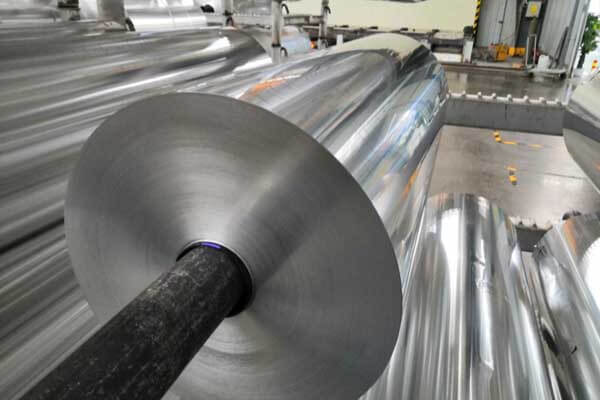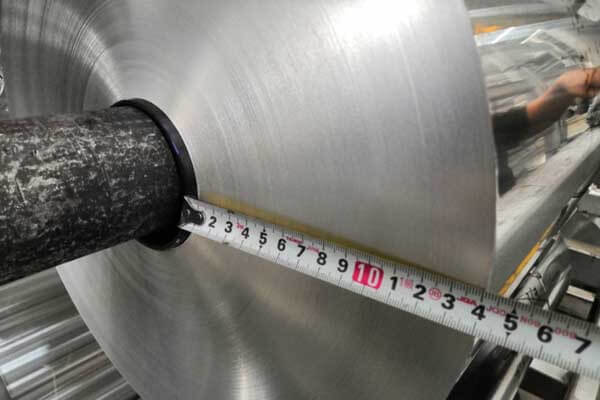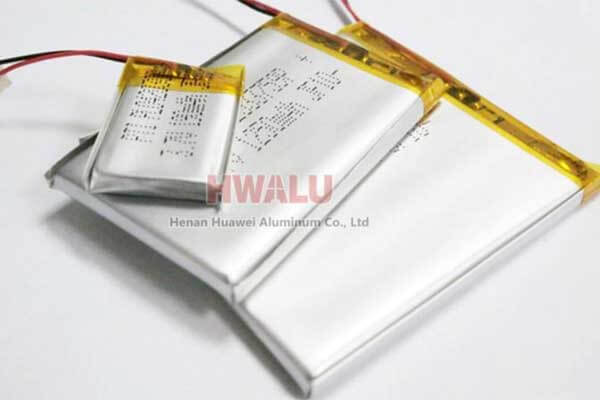Introduction
In the rapidly evolving world of energy storage, aluminum foil stands out as a fundamental component in the manufacture of batteries, particularly lithium-ion batteries. At Huawei Aluminum, we specialize in producing high-quality aluminum foil tailored for battery applications. Our products are designed to enhance the longevity, efficiency, and performance of batteries, catering to a wide range of industries including automotive, electronics, and renewable energy systems.
 Aluminium battery foil
Aluminium battery foilWhy Aluminum Foil for Batteries?
Aluminum foil serves as a critical material in the battery structure, acting primarily as the current collector for the cathode in lithium-ion batteries. Its inherent properties, such as high conductivity, flexibility, and resistance to corrosion, make it an ideal choice for facilitating efficient electron flow, enhancing battery life, and improving overall performance.
Advantages of Aluminum Foil in Battery Applications:
- High Conductivity: Ensures efficient electron flow within the battery.
- Lightweight: Contributes to the overall reduction in battery weight.
- Corrosion Resistance: Enhances durability and battery life.
- Flexibility: Allows for versatile battery design and form factors.
Aluminum Foil Alloy Models and Specifications
At Huawei Aluminum, we offer a variety of aluminum foil alloy models, each tailored to meet the specific demands of battery manufacturing. Below is a detailed table showcasing our primary alloy models, their specifications, and applications.
Table 1: Alloy Models and Specifications
| Alloy Model | Thickness (µm) | Width (mm) | Application | Features |
|---|
| 1060 | 10 – 20 | 100 – 1500 | Standard Li-ion Batteries | High purity, excellent conductivity |
| 1070 | 10 – 20 | 100 – 1500 | High-capacity Li-ion Batteries | Enhanced conductivity and flexibility |
| 1235 | 10 – 20 | 100 – 1500 | Consumer Electronics | Good formability, corrosion resistance |
| 3003 | 10 – 20 | 100 – 1500 | Power Banks, Electric Vehicles | Higher mechanical strength, excellent thermal properties |
| 8011 | 10 – 20 | 100 – 1500 | Specialty Batteries (High Temp.) | Optimal thermal performance, corrosion resistance |
Customization Options
Understanding that battery manufacturers have diverse needs, Huawei Aluminum offers customization options for aluminum foil, including but not limited to varying thicknesses, widths, and mechanical properties. Our team works closely with clients to develop solutions that meet their specific requirements, ensuring optimal performance and compatibility with their battery designs.
 Lithium-ion Battery Foil
Lithium-ion Battery FoilQuality Control and Standards
Quality is at the heart of everything we do at Huawei Aluminum. Our aluminum foil for battery production undergoes rigorous testing and quality control processes to ensure it meets the highest standards. We adhere to international quality standards, including ISO 9001, ASTM, and EN standards, to deliver products that our customers can trust.
Testing Procedures Include:
- Chemical Composition Analysis
- Mechanical Property Testing
- Thickness and Width Verification
- Surface Quality Inspection
Applications of Aluminum Foil in Batteries
Aluminum foil is versatile and finds applications in various types of batteries:
- Lithium-ion Batteries: The primary application, where it serves as the cathode current collector.
- Supercapacitors: Used in the electrodes of supercapacitors for energy storage.
- Flexible and Wearable Electronics: Ideal for new-age, flexible battery formats.
- Electric Vehicles (EVs): Critical in the manufacture of EV batteries, contributing to lighter and more efficient battery packs.
 Aluminum Foil for Battery
Aluminum Foil for BatterySustainability and Recycling
Huawei Aluminum is committed to sustainability and environmental responsibility. Aluminum is highly recyclable, and we advocate for and practice recycling processes that reduce the environmental impact of our manufacturing operations. By choosing aluminum foil for batteries, manufacturers are not only opting for a high-performance material but also contributing to a more sustainable and eco-friendly production cycle.
